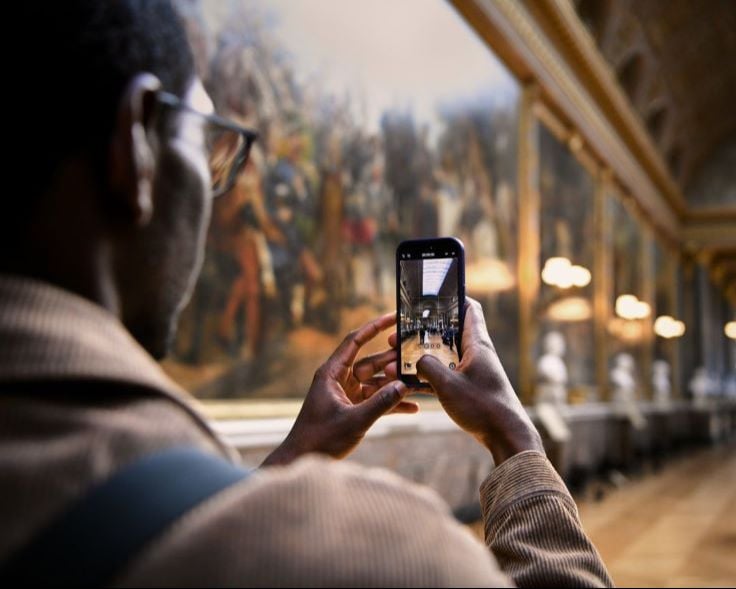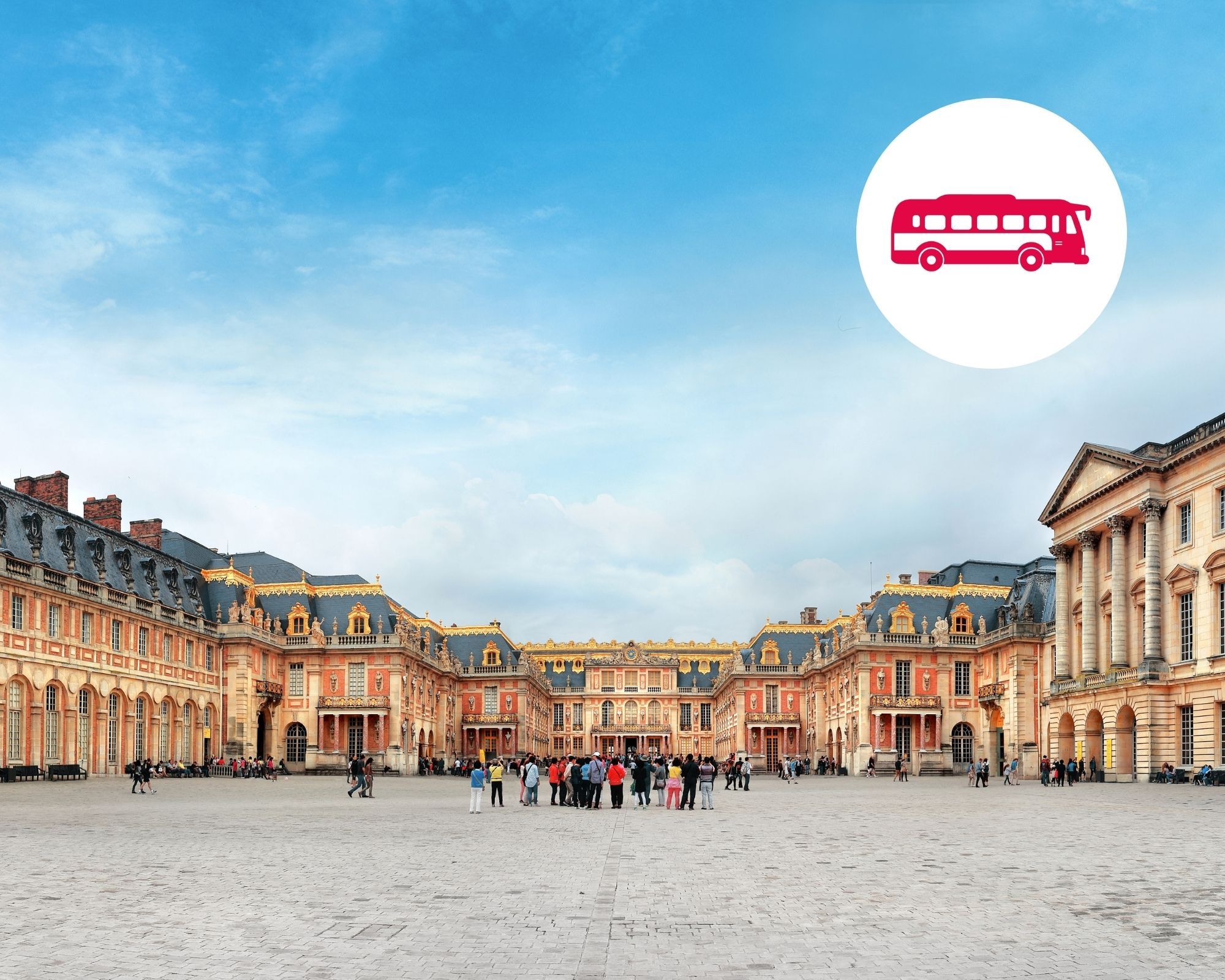Music at the Palace of Versailles
The facilities of the Palace of Versailles constantly call to mind the power of the absolute monarch King Louis XIV, but above all they provided multiple entertainment opportunities organized for the court and his guests.
Baroque music dominating during the Renaissance
Italy's influence is strong, and the arts coming from there are appreciated throughout Western Europe. Italian artists in particular are invited into the Maison des Musiciens Italiens, which is today the Musée du Compagnonnage in Versailles. Among those who left their mark on the French Renaissance, it is impossible to overlook Jean-Baptiste Lully. Born in Florence in 1632, he moved to the Sun King's court in 1645 at the time in the service of La Grande Mademoiselle, Anne-Louise d’Orléans, granddaughter of Henri IV and first cousin of Louis XIV.

The advent of Lully
An excellent dancer and outstanding musician, he became the first composer of the court then superintendent of versailles music. With the playwright Jean-Baptiste Poquelin, as known as Molière, he created "comédie-ballet" shows. At a time when Italian opera was a great success throughout Europe, Lully wanted to break away from this genre by creating the lyric tragedy, which is characterized by a balance between all of the show's actors, whether for staging or scenery, while Italian opera focused on singing. It was with librettist Philippe Quinault that he worked to create "Cadmus et Hermione" and "Roland," inspired by the work "Orlando Furioso" by Ariosto.
Lully left his mark on the music of his time thanks to his talent and innovations that enabled him to create a typically French genre. His influence on artists such as Rameau, Handel, and even Bach is undeniable.
Ironically, while music made Jean-Baptiste Lully a success, it was also his downfall. While enthusiastically leading a rehearsal, he struck his toe with his long conducting staff. Gangrene claimed his leg and spread to the rest of his body, ultimately causing his death.
The site of the Royal Opera
The Royal Opera, where operas and ballets are performed today, was not completed under the reign of Louis XIV. He did not have the necessary funds to complete this project. While theaters were improvised wooden stages set up and taken down according to the organized shows, the court still did not have its own opera. The construction of the Royal Opera was completed in the north wing of the Palace of Versailles under the reign of Louis XV. You can visit it during your visit of Versailles.


